Tuesday’s strike by the U.S. military on a vessel allegedly carrying drugs from Venezuela is the latest in a series of moves designed to ratchet up pressure on Venezuelan strongman Nicolás Maduro.
In the past month, the U.S. has designated Maduro as head of the narco-terrorist group Cartel de los Soles (Cartel of the Suns), raised the bounty for his capture to $50 million, and deployed thousands of U.S. Navy troops to the region. In a statement released after the strike, President Donald Trump claimed the boat was being operated by Tren de Aragua, a criminal group it says operates in conjunction with Cartel de los Soles and is effectively controlled by Maduro. Other notable Venezuela hawks, like Rep. Carlos Giménez of Florida, have claimed to have confirmation that the boat was being operated by Cartel de los Soles.
For his part, Maduro has responded by purportedly mobilizing 4.5 million civilian militia members and threatening to declare a “republic in arms” to retaliate if the U.S. launches strikes on Venezuela. Maduro’s forces also have fired on Guyanese elections officials delivering ballots to the disputed and oil-rich Essequibo territory that separates the two countries.
Despite the significance of a kinetic strike by the U.S. on what could turn out to be a Venezuelan-backed ship, a full-scale invasion remains unlikely given the full context of American positioning toward Venezuela under the second Trump administration.
The path to confrontation.
The Tuesday strike, which Trump said occurred in international waters and left 11 dead, marks the first direct U.S. military action against Venezuelan assets since the administration took office, but it follows eight months of diplomatic maneuvering that has alternated between confrontation and accommodation.
The administration's initial moves seemed to reestablish the “maximum pressure” approach of the first Trump administration as the baseline. In February, Trump revoked Temporary Protected Status for 348,000 Venezuelans and terminated the humanitarian parole program, while simultaneously demanding Venezuela accept the return of deportees. A March 24 executive order imposing 25 percent tariffs on any country importing Venezuelan oil represented the most aggressive sanctions escalation to date, effectively threatening secondary sanctions on buyers in China, India, and Europe. By May 27, when Chevron’s license to operate in Venezuela expired without renewal, the South American country had lost its primary legitimate channel for oil exports to Western markets, forcing greater reliance on opaque sales to China through intermediaries.
Yet alongside this pressure campaign, special envoy Richard Grenell pursued a parallel track of transactional diplomacy that produced tangible results. His January visit to Caracas secured the release of six American prisoners, followed by a July swap involving 250 Venezuelans held in El Salvador for 10 U.S. citizens detained in Venezuela.
These deals, conducted while Rubio continued to take a hard public line against Maduro and Venezuela, established a pattern. Venezuela would accept deportees and release Americans in exchange for limited, conditional sanctions relief that prevented direct payments to the regime. This approach culminated in the July reissuance of Chevron’s license under strict conditions, which allowed oil extraction to resume but locked all sales proceeds in escrow.
While the U.S. has been willing to give Maduro some breathing room on the economic front, it has taken a harder line on Venezuela’s aggression toward neighboring U.S. ally Guyana. Venezuela has perpetrated a naval incursion near ExxonMobil's Guyana platforms and held sham elections for the disputed Essequibo region. Its attempts to disrupt Guyana’s legitimate elections in Essequibo have been the most serious escalation to date, and the timing of U.S. military asset deployment to the region seems tailored to deter further aggression.
U.S. military capabilities and limitations.
The U.S. Southern Command’s deployment of up to 6,700 military personnel across eight warships represents a carefully calibrated force package. The task force centers on four Aegis system-equipped surface combatants—the cruiser USS Lake Erie and destroyers Gravely, Jason Dunham, and Sampson—collectively capable of delivering approximately 140 Tomahawk cruise missiles to targets throughout Venezuela. This strike capacity could eliminate critical infrastructure, command nodes, and air defenses. The surface combatants’ reported positioning from Puerto Rico to Panama enables simultaneous coverage of Venezuelan waters, Guyanese oil platforms, and Caribbean drug trafficking routes while preserving the pretense of law enforcement (and not military) patrols.
The Iwo Jima Amphibious Ready Group's 2,200 Marines from the 22nd Marine Expeditionary Unit (MEU) are currently in Puerto Rico and could deploy to provide limited ground capability insufficient for regime change scenarios. While the Marines can execute embassy evacuation, hostage rescue, or raids against specific targets, their numbers fall far short of the troops required for landings against Venezuela's 100,000-strong military and millions of mobilized militia. The MEU's aviation element—12 MV-22 Osprey aircraft—enables deep inland insertion and extraction but lacks the sustained close air support that carrier-based fighters would provide for extended ground operations.
Supporting military assets reveal both capabilities and constraints that shape operational planning. The Los Angeles-class submarine USS Newport News adds 12 Tomahawk missiles to the strike capability and enables undetected special operations deployment and intelligence collection off Venezuelan shores. For operations nearer the shore, the combat ship USS Minneapolis-St. Paul can provide high-speed maritime interdiction capability in shallow Caribbean waters where destroyers cannot operate effectively.
The makeup of the U.S. force suggests three distinct operational priorities that fall well short of invasion. First, the deployment can enforce a complete maritime blockade of Venezuelan oil exports, eliminating remaining government revenues without firing a shot. Second, it can provide credible deterrence against Venezuelan aggression toward Guyana’s Essequibo region, where ExxonMobil platforms now produce 900,000 barrels of oil daily. Third, it can maintain strike options against high-value targets, including alleged Cartel de los Soles infrastructure, while avoiding the ground commitment that could transform limited intervention into protracted occupation.
What comes next?
Venezuela's response to the September 2 drug vessel strike will likely determine whether current tensions escalate into broader confrontation, but the Maduro regime faces limited options. Accepting responsibility for drug-running would validate U.S. narco-terrorism charges, while denial risks appearing weak to domestic audiences demanding retaliation.
The most probable trajectory for the situation involves America keeping sustained maritime pressure on Venezuela that gradually strangles its remaining economic lifelines without triggering an invasion. Under this scenario, destroyer rotations would maintain an indefinite Caribbean presence and monthly oil exports would decline below 800,000 barrels per day as Chinese buyers reduce purchases to avoid U.S. secondary sanctions. Migration flows out of Venezuela could accelerate as economic conditions deteriorate, but the strict immigration enforcement measures in place at the U.S.’s southern border with Mexico would shift pressure to regional governments.
An escalation in Venezuela’s tensions with Guyana could emerge if Maduro seeks external enemies to justify repression amid domestic unease. Venezuelan forces have already fired on Guyanese election officials; the next provocation could involve seizing an offshore platform or directly moving to occupy portions of the Essequibo. Such actions could trigger limited U.S. strikes on Venezuelan naval assets and air defenses, potentially destroying the regime's limited power projection capability.
The prospect of targeted strikes against the Maduro regime’s assets depends on specific provocations that would create political cover for military action. Venezuelan retaliation that results in American or allied casualties could justify Tomahawk strikes without a broader escalation. But special operations against regime leadership remain unlikely given the lack of an inciting incident or the emergence of conditions for a regime change within Venezuela. While the assets in place could theoretically deliver Navy SEALs to capture indicted officials, the risk of American casualties makes this unlikely from a political perspective. Only a scenario involving American hostages or deaths would justify such risks.
But Trump clearly indicated his willingness to continue to apply pressure on the Maduro government beyond Tuesday’s strike: “There’s more where that came from,” he said.


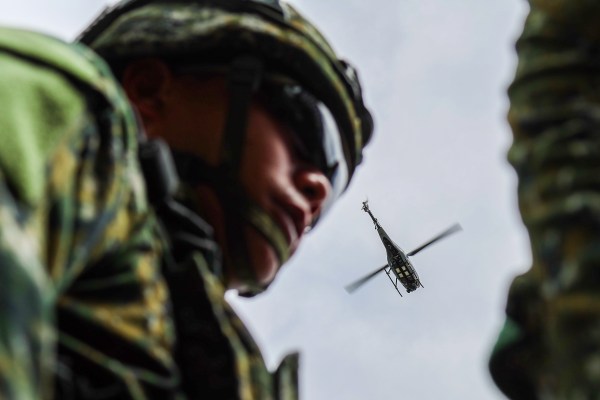
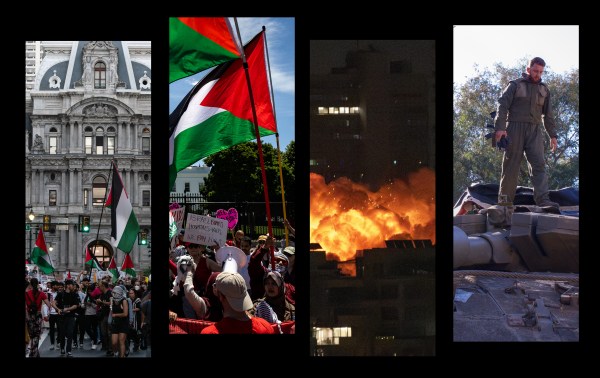
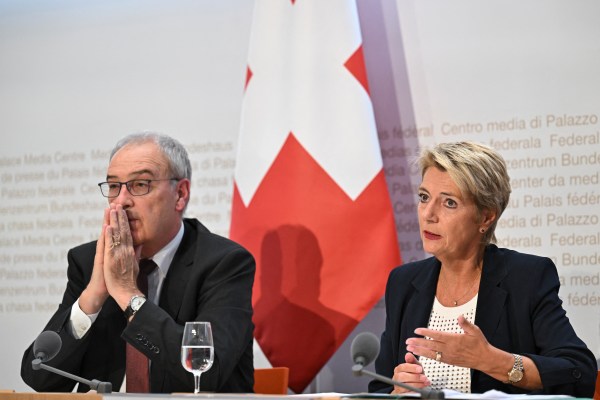
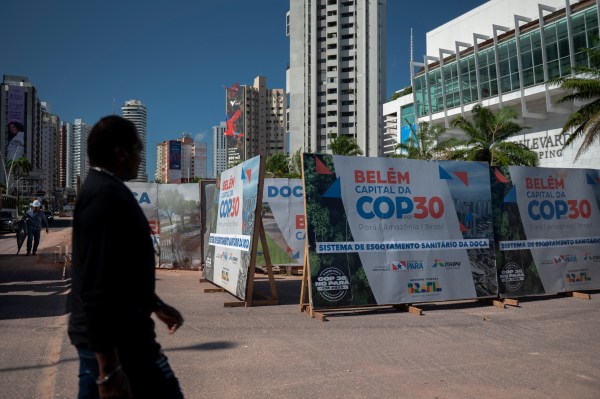
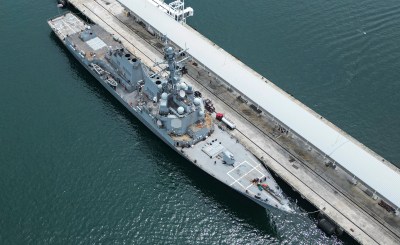
Please note that we at The Dispatch hold ourselves, our work, and our commenters to a higher standard than other places on the internet. We welcome comments that foster genuine debate or discussion—including comments critical of us or our work—but responses that include ad hominem attacks on fellow Dispatch members or are intended to stoke fear and anger may be moderated.
With your membership, you only have the ability to comment on The Morning Dispatch articles. Consider upgrading to join the conversation everywhere.